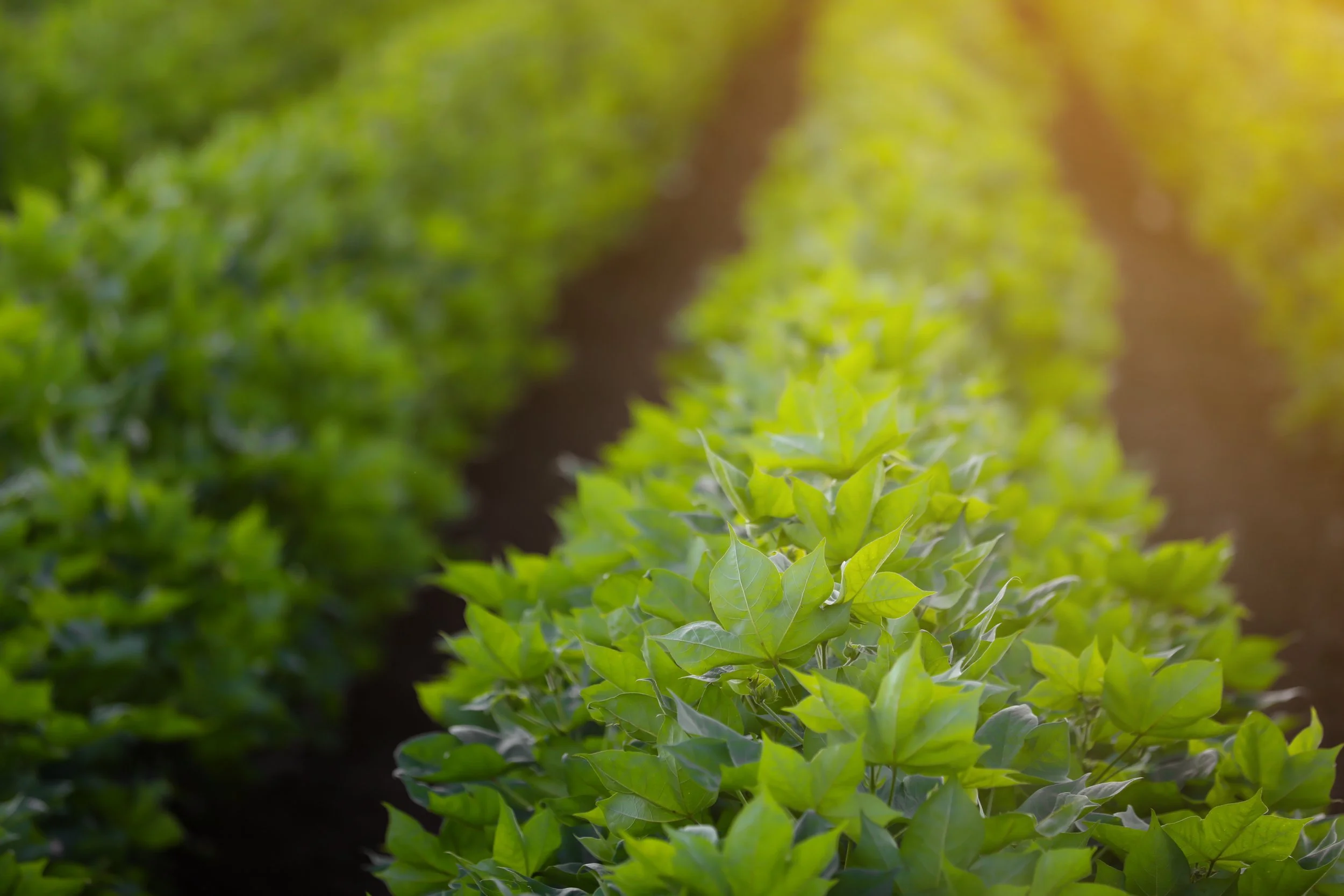
Mississippi Delta Program Featured Media Coverage
Dedicated coverage and reporting of the cotton industry
Ecotextile News magazine is the environmental magazine for the global textile and clothing supply chain and is published six times per year as a magazine.
Innovation in Textiles delivers unique content, comment and features on new products, processes and technologies for all sectors of the global textiles industry.
AgFunder Newsletter
AgFunderNews reports on the evolution of the global food and agriculture system. By going beyond the headlines, they analyse the people, companies and technologies aiming to improve human and planetary health.
Sourcing Journal is the largest, most comprehensive and authoritative B2B resource for executives working in the apparel, textile, home and footwear industries.
Agriculture Dive provides in-depth journalism and insight into the most impactful news and trends shaping the agriculture space.
Business Wire is a trusted source for news organizations, journalists, investment professionals, and regulatory authorities, delivering news directly into editorial systems and leading online news sources via its multi-patented NX Network.







